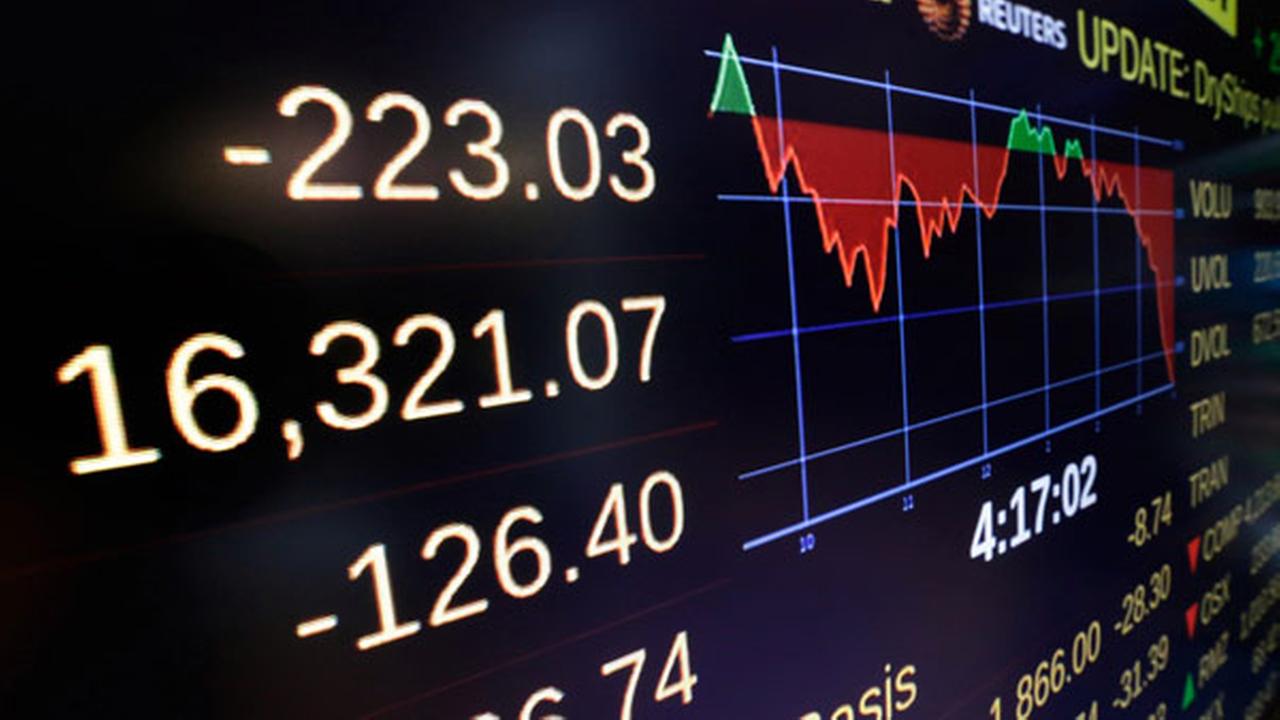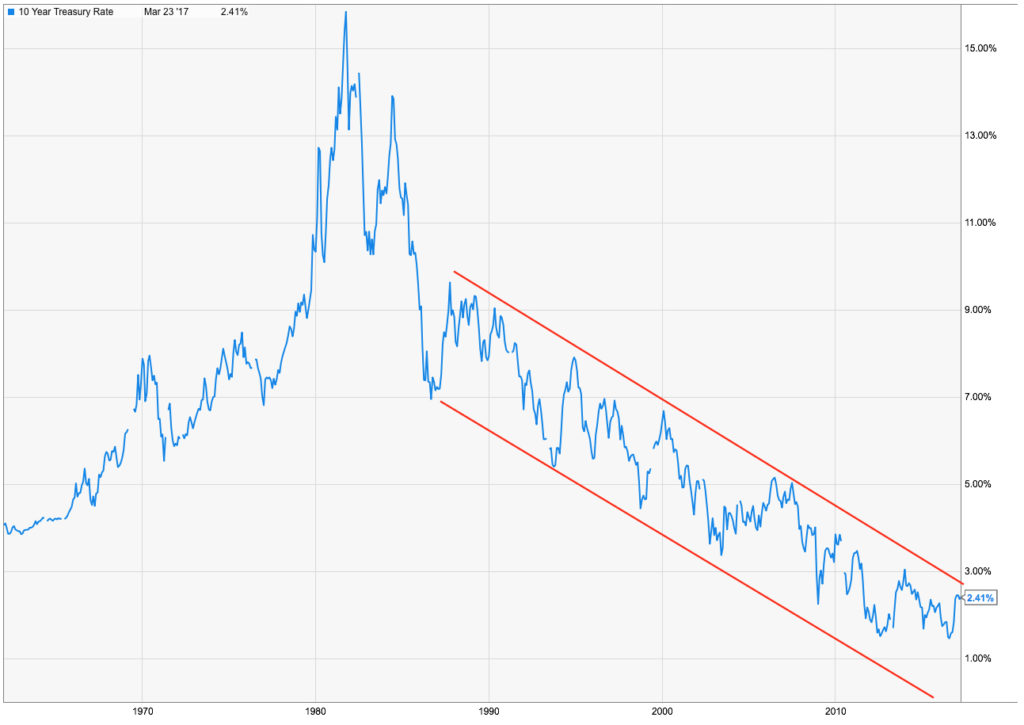Dow on Track for Longest Losing Streak Since 2011 as Trump Trade Stalls
 We are shocked, shocked and just shocked I tell you. President Trump has not been able to effortlessly end the gridlock in D.C. and push through his agenda. Hmmm, something so new and novel for a resident of the White House.
We are shocked, shocked and just shocked I tell you. President Trump has not been able to effortlessly end the gridlock in D.C. and push through his agenda. Hmmm, something so new and novel for a resident of the White House.
This morning the Wall Street Journal reported that,
Stocks around the world fell Monday, putting the Dow Jones Industrial Average on track for its longest losing streak since 2011 as doubts percolated about the Trump administration’s ability to push through on campaign promises.
You don’t say. Doubts? Why on earth? Apparently, others are starting to wonder just how easy this is all going to be for the new administration,
“There is some real concern about whether [President Donald Trump] is going to be able to get these policies through,” said Dianne Lob, managing director for equities at AB. “I think the theme for the year will be uncertainty.”
“Markets are questioning the high expectations built over the past few months,” said Jeremy Gatto, investment manager at Unigestion. “[Mr. Trump] did promise a phenomenal tax reform package, and the market would be disappointed if we got something smaller than expected or nothing at all.”
What is surprising, we must admit, is that President Trump spent all of 17 days trying to push the ACA repeal/replace through. Let that sink in for a moment.
Donald the “I am the best dealmaker” candidate, who pledged that the first thing he’d do would be to repeal and replace the “disaster” of Obamacare, spent all of 17 days before calling it quits. Whether you think the ACA is a disaster or divine, on face value that doesn’t exactly look like solid effort. In comparison, it took Reagan about five years to reduce the top marginal tax rate from 70 percent down to 28 percent, but then Reagan enjoyed a higher approval rating at the time, which gave him more firepower. What we’ve seen here is that enough Republicans, never mind the Democrats, are unafraid of Trump to thwart his efforts.
That’s not a good sign for the markets that have had quite the run-up based on the assumption that this time things are different and with Trump in the White House, sky-high valuations make sense and economic realities, such as an aging population, are no anchor.
Never fear, though! Those financial talking heads are spinning this as a positive because now, (thank God!) Trump can focus on tax reform, which will be the first attempt at major reform since 1986 no less! I’m sure that’s going to go much more smoothly given the consensus in Washington around spending, the national debt, and income inequality. Remember too that the Ryan plan for health care would have reduced the budget by $1 trillion, so any reform is already in the hole $1 trillion, but I’m sure this won’t be a problem – eye roll.
Then there is that resolution that’ll need to be passed in April to keep the government funded and then we get to experience yet another debt ceiling debate this summer. Get that popcorn ready, we are in for a show, which means more rocking and rolling in the markets as investors get their arms around just what are reasonable expectations for the new administration.
Up next for the Trump team, tax reform, deregulation, and infrastructure. Regardless of whether you love Trump and his plans or hate them, today the probability of success on any of those items is lower today than it was just a few weeks ago. Their successful implementation was expected to usher in accelerating growth, which would lead to inflation, but when we look at the yield on the 10-year Treasury today, we see it is still well within its multi-decade long-term downtrend. (Pulled from YCharts)
If the bond market was buying into this great acceleration story, would the 10-year yield really be at 2.4 percent? Mr. Bond market remains skeptical.
Keep in mind that over the past few months, the year-over-year data for commodity prices has been off of extremely low levels as the sector experienced quite the downturn this time last year, making small changes, on a percent basis look unusually large. If, as I suspect, we are not actually seeing a sustained acceleration in the economy, these increases should begin to moderate over the coming months. Stay tuned…
Since the beginning of March, all the major U.S. equity indices are down, from the small cap Russell 2000, down 4.2 percent to the S&P 500, down 2.2 percent to the Dow Jones Industrials down 2.5 percent. U.S. bank stocks have fallen around 8 percent from their recent highs, that’s a bit wobbly for what could be the first earnings season to toss cold water on those sky-high growth expectations under the new administration.
Bottom Line: The market’s “This time it’s different” fairy tale is fading. With earnings season right around the corner, we will be getting some hard data on just what is actually happening versus the optimism. We’ll keep you posted!
Source: Dow Poised for Longest Losing Streak Since 2011 – WSJ



